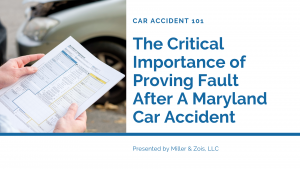In Thomas v. Shear, the Court of Appeals held in an unreported opinion that a malpractice claim alleging a surgical clip was left inside a patient in 2000 was barred by the statute of limitations. Although the surgical clip was not actually discovered in the plaintiff’s body until 14 years later, her own expert witnesses offered testimony suggesting that her statute of limitations began to run in 2006 at the latest.
Facts of Thomas v. Shear
This medical malpractice case began in May 2000. The plaintiff underwent a surgical procedure performed by the defendant surgeon at GBMC.




